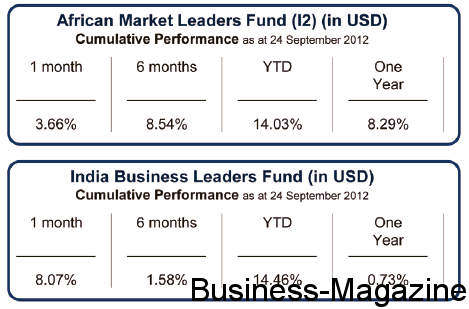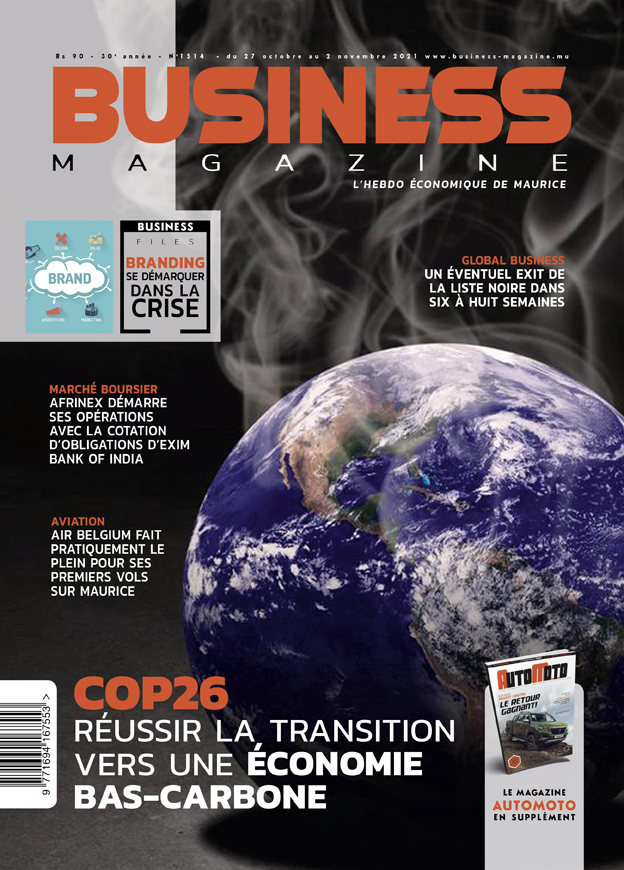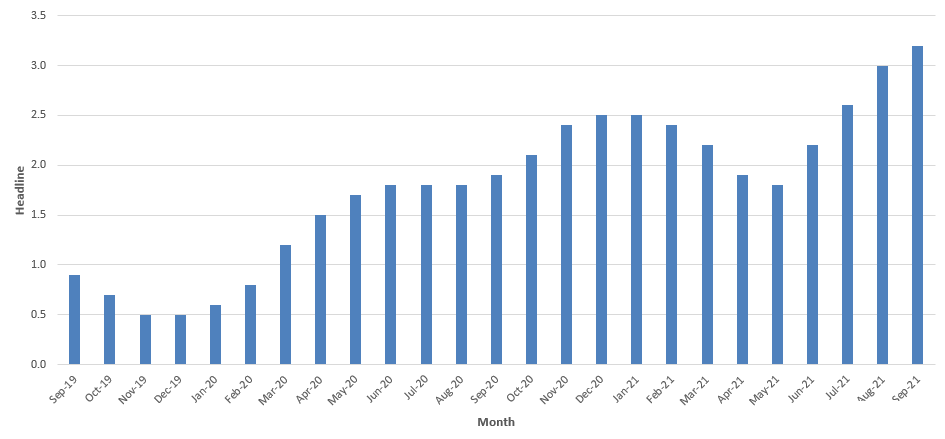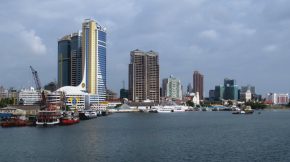Why a Rate Cut Was Not Possible This Time
Share

Monetary policy’s aim never was and never is to contain inflation that is or that was but inflation that shall. By controlling demand, a proper monetary policy transmission mechanism can properly anchor inflationary expectations and over the long term, lower inflation and interest rates. Monetary policy is not a magic wand and while its ability to boast growth is limited by the fact that money is neutral in the long term, left unchecked loose monetary policy leading to negative real interest rates can create real problems for the economy. In a country where the growth in indebtedness of individuals is higher than nominal GDP growth by miles, the long term impact of keeping the savings rate below inflation can be quite negative especially when much of that growth in indebtedness is going to the real estate sector where prices seem to be rising much faster than wages.
 In general, there is a school of thought which talks about aggressive easing whenever the output gap, that is the difference between potential and actual output is negative but what is potential output really? While its estimation can be based on simple filtering techniques fraught with their own potential for error, these models ignore the micro reality. Take the hotel industry for example. It is quite clear from the aggregate occupancy levels that major hotel chains are operating below capacity but if the dynamics of the demand have changed, say if less tourists are consuming five star hotels today as is the case, then overcapacity does not necessarily justify easing for monetary easing in this case cannot resolve the underlying structural supply demand mismatch. In general, negative real interest rates lead to misallocation of capital over time and unsustainable debt in the private sector as has been the case over the last few years in Mauritius and while we may have spare capacity, it is bad spare capacity. Negative real interest rates everywhere is always a bad thing to have and Mauritius has played this game for far too long. In sum, if we adjust for all that bad spare capacity, is the output gap really as open?
In general, there is a school of thought which talks about aggressive easing whenever the output gap, that is the difference between potential and actual output is negative but what is potential output really? While its estimation can be based on simple filtering techniques fraught with their own potential for error, these models ignore the micro reality. Take the hotel industry for example. It is quite clear from the aggregate occupancy levels that major hotel chains are operating below capacity but if the dynamics of the demand have changed, say if less tourists are consuming five star hotels today as is the case, then overcapacity does not necessarily justify easing for monetary easing in this case cannot resolve the underlying structural supply demand mismatch. In general, negative real interest rates lead to misallocation of capital over time and unsustainable debt in the private sector as has been the case over the last few years in Mauritius and while we may have spare capacity, it is bad spare capacity. Negative real interest rates everywhere is always a bad thing to have and Mauritius has played this game for far too long. In sum, if we adjust for all that bad spare capacity, is the output gap really as open?
 When we talk about negative real interest rates of course, a proper inflation outlook does matter. Here the Technical Voice turns to the charts. With Mr Ben Bernanke and his Japanese counterpart out to help, food prices using the Jim Rogers Agriculture Index ETF as a proxy has broken past a major bear trend line and is in a long term bull market. While a short term correction is likely in the coming days after the huge rally, it does not defeat the point that food prices, despite slowing global growth are about to head higher in real terms. Considering the low base on which year on year inflation is currently on, upside risks to inflation from higher food prices is not likely, it is certain. Secondly, with wages in the public sector expected to be adjusted early next year, core inflation is about to get a kick start from current subdued levels. The reality is that responsible monetary policy making equals no further room for rate cuts. In fact, negative real interest rates going forward present a clear and present danger at sustaining mal-investment. The Rupee too which has found some strength in recent weeks against the USD (because of the EUR strength) is not out of the woods until its bearish trend line is technically broken. In that context, maintaining the differential becomes quite important.
When we talk about negative real interest rates of course, a proper inflation outlook does matter. Here the Technical Voice turns to the charts. With Mr Ben Bernanke and his Japanese counterpart out to help, food prices using the Jim Rogers Agriculture Index ETF as a proxy has broken past a major bear trend line and is in a long term bull market. While a short term correction is likely in the coming days after the huge rally, it does not defeat the point that food prices, despite slowing global growth are about to head higher in real terms. Considering the low base on which year on year inflation is currently on, upside risks to inflation from higher food prices is not likely, it is certain. Secondly, with wages in the public sector expected to be adjusted early next year, core inflation is about to get a kick start from current subdued levels. The reality is that responsible monetary policy making equals no further room for rate cuts. In fact, negative real interest rates going forward present a clear and present danger at sustaining mal-investment. The Rupee too which has found some strength in recent weeks against the USD (because of the EUR strength) is not out of the woods until its bearish trend line is technically broken. In that context, maintaining the differential becomes quite important.
 For the first time, a sometimes optimistic Bank of Mauritius has admitted that the growth outlook on the local economy has become difficult to assess in its latest communiqué. There, we agree. Our outlook for between 3 and 3.3% growth for 2012, 2.7% to 3.4% growth in 2013 and a recovery towards the mid 3% range in 2014 remains intact with downside risk to this outlook firmly on the upside. Sustaining the over indebtedness of the private sector and the mal-investment that comes with negative real interest rates will only do more harm than good however. The chart of the local stock market remains quite clear as we have been saying for more than a year now, the technicals remain bearish with a market firmly engaged in a downward sloping channel and until that changes, investors shall likely remain cautious. Companies shall need to restructure and become efficient while the Government shall need to make strong structural changes itself in order for growth to improve.
For the first time, a sometimes optimistic Bank of Mauritius has admitted that the growth outlook on the local economy has become difficult to assess in its latest communiqué. There, we agree. Our outlook for between 3 and 3.3% growth for 2012, 2.7% to 3.4% growth in 2013 and a recovery towards the mid 3% range in 2014 remains intact with downside risk to this outlook firmly on the upside. Sustaining the over indebtedness of the private sector and the mal-investment that comes with negative real interest rates will only do more harm than good however. The chart of the local stock market remains quite clear as we have been saying for more than a year now, the technicals remain bearish with a market firmly engaged in a downward sloping channel and until that changes, investors shall likely remain cautious. Companies shall need to restructure and become efficient while the Government shall need to make strong structural changes itself in order for growth to improve.
DISCLAIMER: This article is provided for discussion purposes and does not constitute, nor should it be construed as, an offer, solicitation, advice or recommendation to buy, sell or hold any securities or to employ any investment strategy discussed herein. Readers should seek professional advice regarding the suitability of any securities or investment strategies referred to herein and should understand that any statements, views, opinions, outlooks or forecasts made herein may not be realised.

















